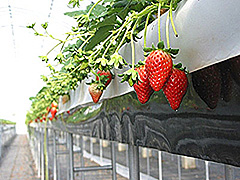
The largest tourist strawberry hunting garden in Kansai. Unlike conventional soil cultivation, it has 21 buildings using high bunk beds and grows about 56,000 strawberries. You can eat clean and clean strawberries as they are because the strawberries are grown while hanging in the air. People in strollers and wheelchairs can also enjoy picking strawberries.
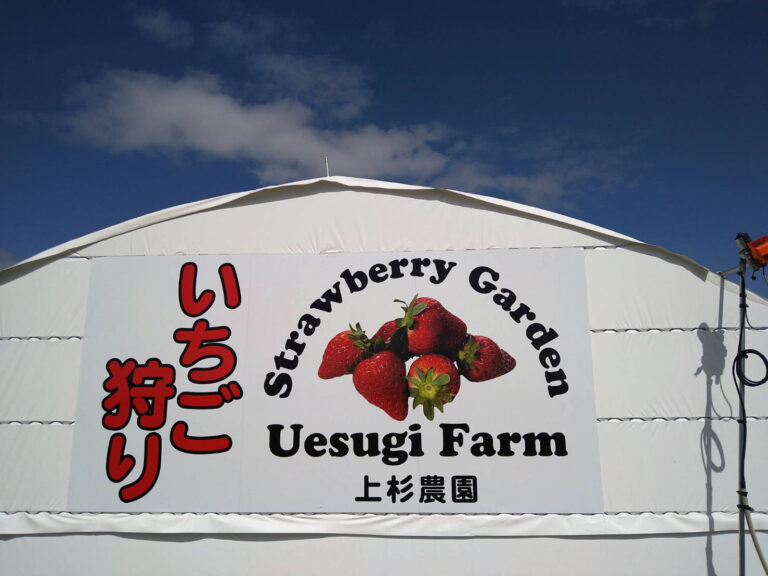
A strawberry-hunting plantation at the Uesugi plantation in Yawata, Kyoto, which grows leeks, komatsuna, and paprika. Ten large houses line up with the zrali and grow strawberries in high-rise cultivation. Strawberry picking is a period from around January to around June when strawberries are gone. There are three types: "Shohime", which has a rich sweetness with little acidity, and "hokipu", which has a firm sweetness and strawberry-like sourness, and "yotsuboshi", which has exquisite sweetness and sourness. It is all you can eat for 50 minutes, and there are also sales of condensed milk and chocolate. The passage is widely designed, and it is nice to enjoy slowly even in wheelchairs and strollers. Fully reserved. In July, the sunflower field around the house was also seen.
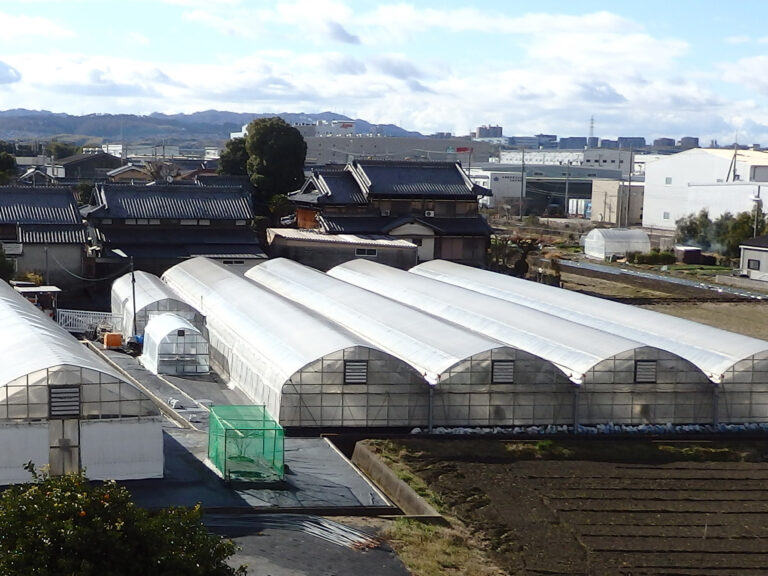
Because it is grown on a high shelf above the ground, strawberries can be picked without difficulty while standing, and wheelchairs and strollers are also put in. You can enjoy in the house without worrying about the weather such as rain. Strawberry varieties are sweet and large. Take-home is market value. Wheelchair-enabled flush toilets are complete. Reservations required.
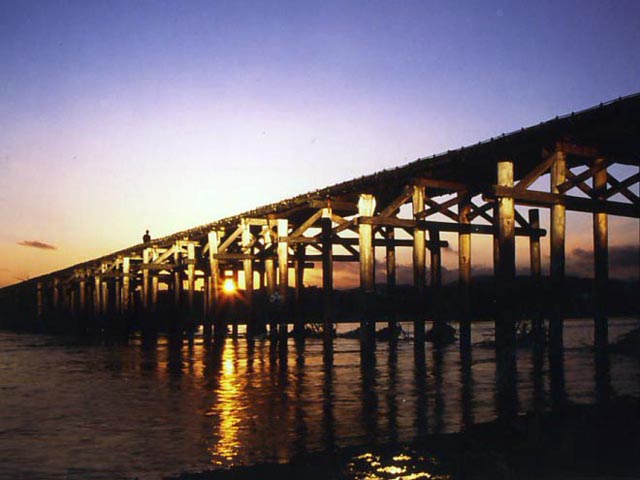
Japan's longest-class wooden bridge over the Kizu River. A total length of 356.5m and a width of 3.3m. When the water in the river reaches the bridge girder, the bridge plates connected by wire ropes to the piers are allowed to flow away in order to reduce water resistance. A mechanism that restores the wire once the water is closed. It has been spilled more than 20 times since bridging in 1953. The rustic bridge, reminiscent of the Edo period, is in good harmony with the white sand of the wide riverbank, and is often used for location in historical dramas. There should be a lot of people watching it in movies and on TV. In the vicinity of the bridge, there is a nearby tourist base, the Yawa-Flowing Bridge Exchange Plaza Shiki-Saikan, where you can enjoy the food and culture of the area.
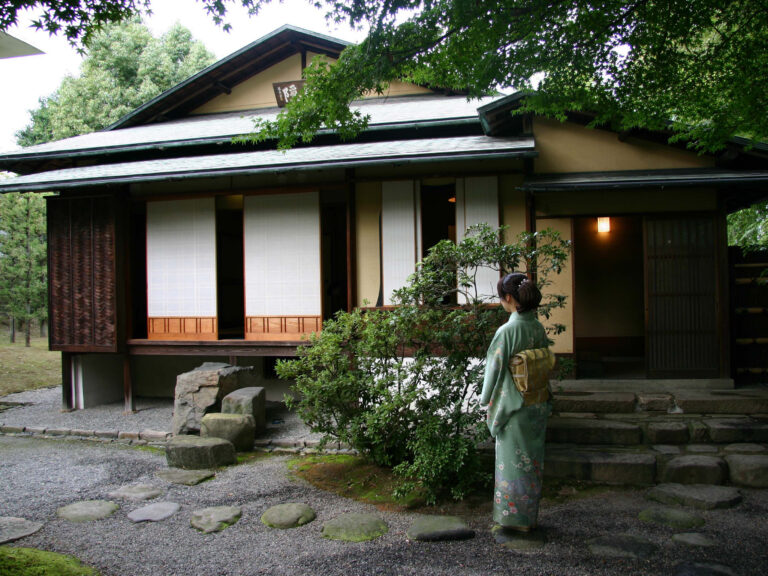
Shōkado was built by Shōjō Shōjō, who was a shrine monk of Ishimizu-Mizu Hachiman-gū, in Kanei 14 (1637), in a tea room at Sōan. It was originally located near Hachiman-gū, but was moved to its current location along with Shōin and Garden by the Meiji Order of the Separation of Buddhas. The vast garden of 6600 tsubo has been designated a national historic site, the Meishatsu, and there is also a museum (separately charged), which displays drawings and other works by the works of the works of Shōjo, and an exchange building for food. In the food exchange building (Kichicho Shōkado, Kyoto), you can eat the Shōkado bento of Nihon Ryotei Yoshicho, which spread the Shōkado bento throughout the country.
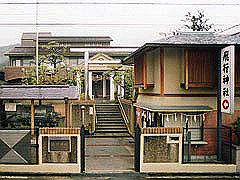
It was erected by Ninomiya Chuhachi [Ninomiya Chuhachi], a pioneer in Japan's aviation world, to comfort the spirits of the aviation martyrs of the whole world in 1915. Chunghachi tried to put the plane into practical use earlier than the Wright brothers, but was overruled by his military superiors, it said. There is also a museum of aviation relations in the precinct.

It is also known as Rakugaki-ji, and you can freely write your wishes on the wall of Daikokudo in the precinct. In appreciation of the help he received in building Daikokudo, he began to make sure that Daikoku-sama had a good view of his wishes. The white walls are filled with various wishes, but are repainted at the end of each year.
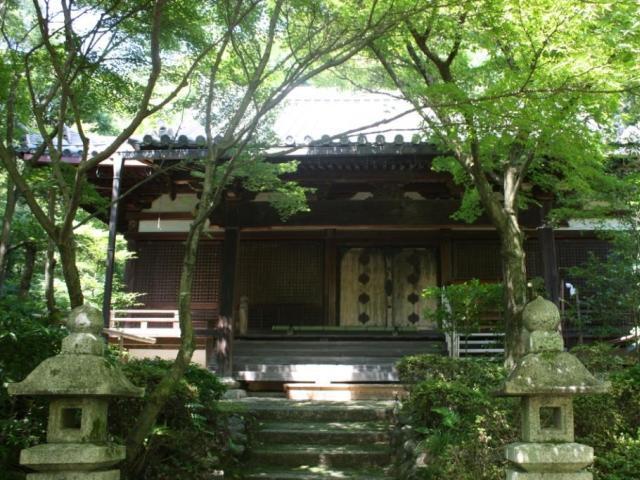
It was built by Zenpoji-miyaki-yo, which was a separate unit of Ishimizu-Mizu-Hachiman-miya. The main hall is said to have been the transfer of part of the old shrine of Hachiman-gū. Ryoko, the daughter of Miyako Kiyoshi's grandson, Tsuyoshi Kiyoshi, and the mother of Ashikaga Yoshimitsu, reportedly prodded numerous momiji at the temple, and even now in the fall, the entire precinct is wrapped in fiery autumn leaves. The last temple of Nara and Tōshōdai-ji at the Ritsu sect temple.
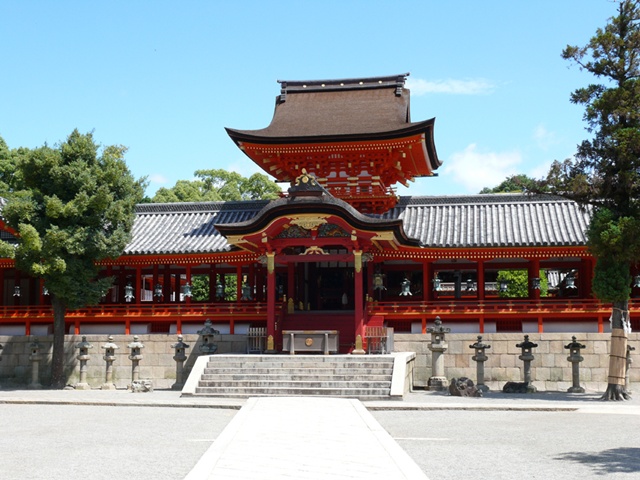
It is an old shrine standing on the mountain of lush Ooyama, and Soken is the second year (860). For the sake of national asylum, he was invited to take the Hachimanjin by Kyushu Usa to this land, which falls on the rear-kimon (southwest) of Heiankyo. It is said that the reverence of the Imperial Court was very strong since the founding of the Imperial Court, and that he later became the god of Genji and visited by Minamoto no Yoritomo and others. He now gathers faith as a god of evil. The Shrines of Shumichi were rebuilt in the Edo period by the call of Tokugawa Iemitsu, and the ten buildings, including the gorgeous main buildings decorated with animal sculptures and other objects, were designated as national treasures. A well-known story from "Tsurezure-kusa" where a priest at Ninna-ji mistook it for the main shrine of Hachiman-miya, Kora-jinja, is located at the foot of Mt.
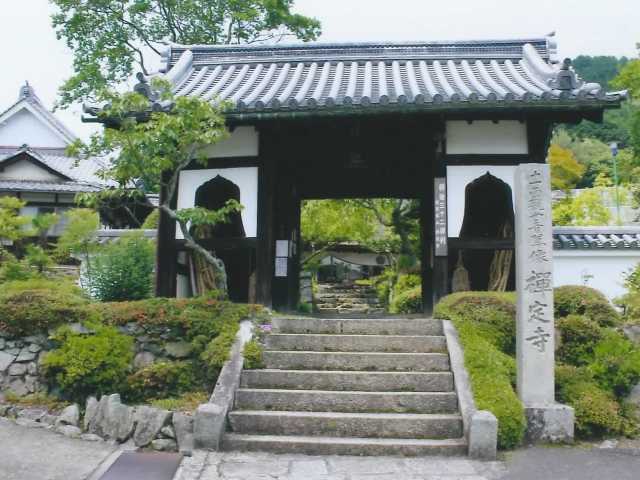
A temple of the Soto sect in Tatsumi of Uji Byodo-in, only a short distance from the border of Shiga Prefecture. It is a mountain temple with a good atmosphere, and the treasure hall has a well-balanced statue of the main statue of the eleven-faced Guanyin (important cultural property), a statue of the Shitenno statue (important cultural property), a statue of Nikko and Gekkou Bodhisattva (important cultural property), a statue of a lion (important cultural property) such as the excellent Buddha statue of the Fujiwara period. On the disaster prevention wall in the precinct, a mural of a large nirvana figure, which is 8m high and 40m long, is depicted.











